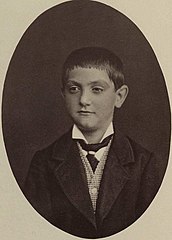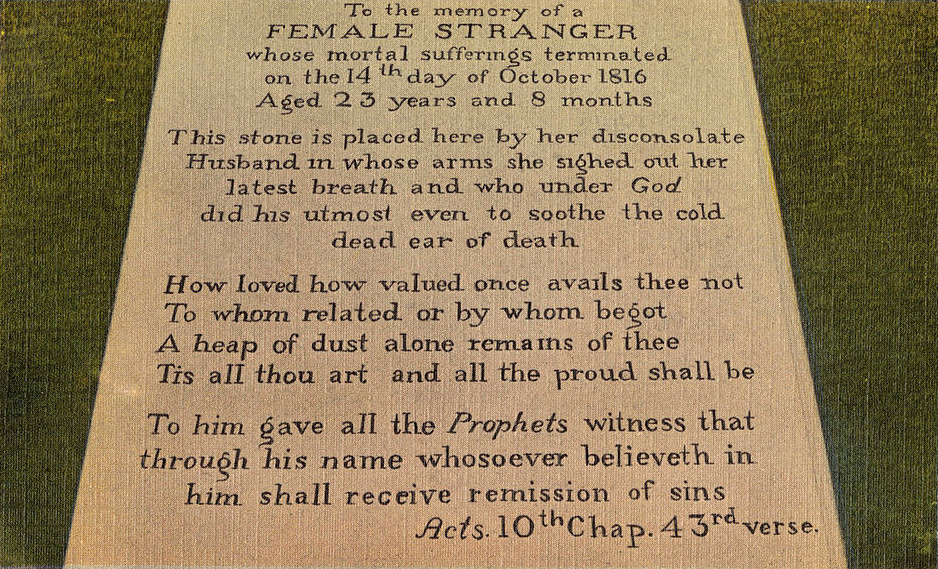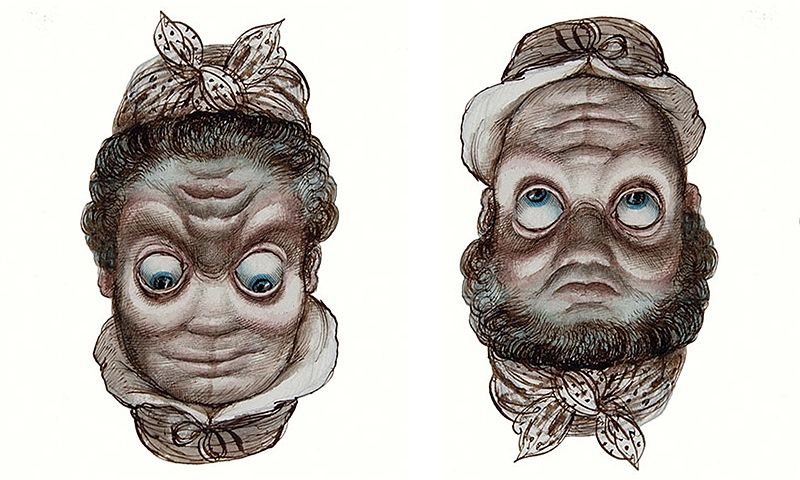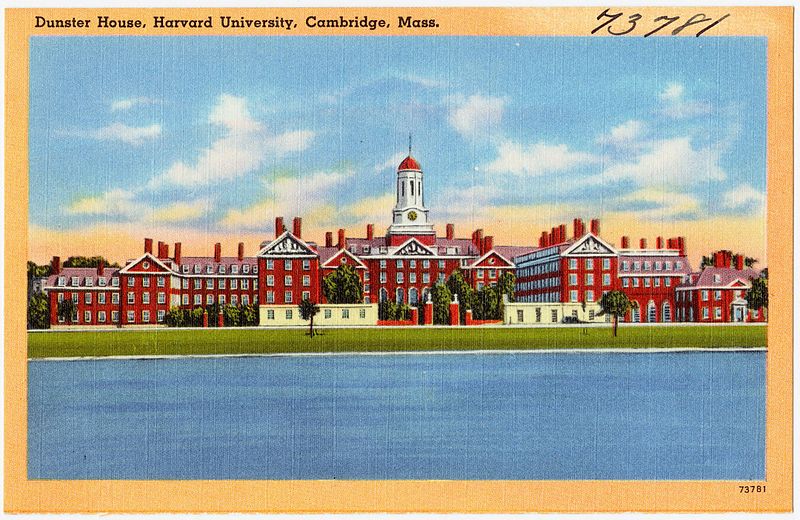
In 2016, after three months of study, a team of academics and market researchers determined that the most unattractive color in the world is this one, Pantone 448 C.
The project was seeking to design the most unappealing package possible for Australian cigarette packets. “We didn’t want to create attractive, aspirational packaging designed to win customers,” market researcher Victoria Parr told the Sydney Morning Herald. “Instead our role was to help our client reduce demand, with the ultimate aim to minimize use of the product.”
A thousand smokers decided that “drab dark brown” packages would have the poorest appeal, promising low-quality cigarettes that caused maximum harm. They associated the winning color with dirt, tar, and death, and assigned no positive adjectives.
In announcing the results, the Australian Department of Health referred to the color as “olive green” — until the olive industry objected.




